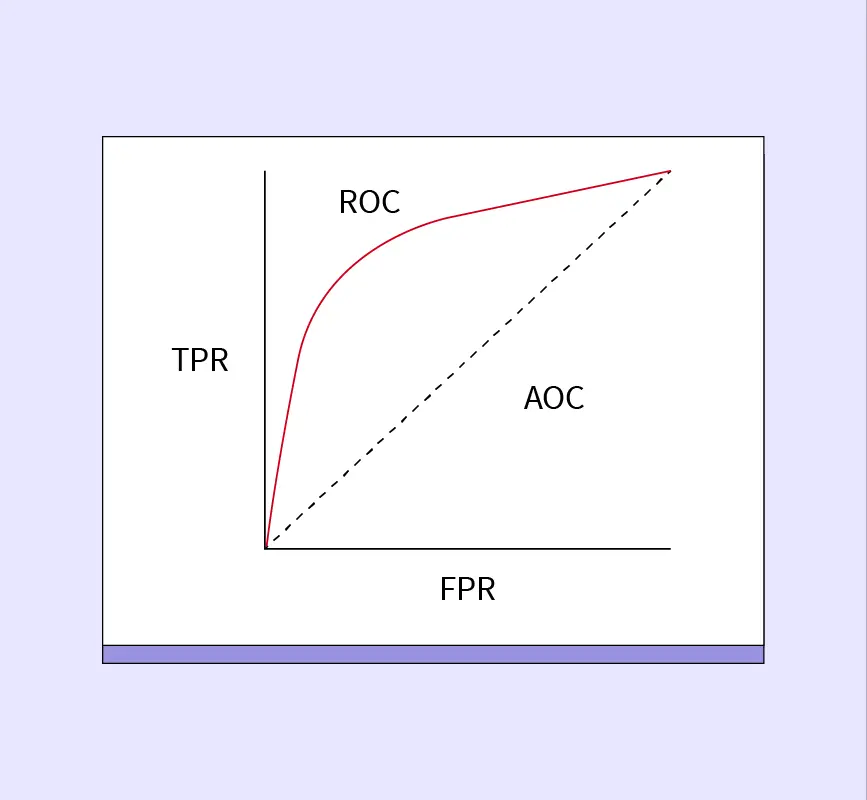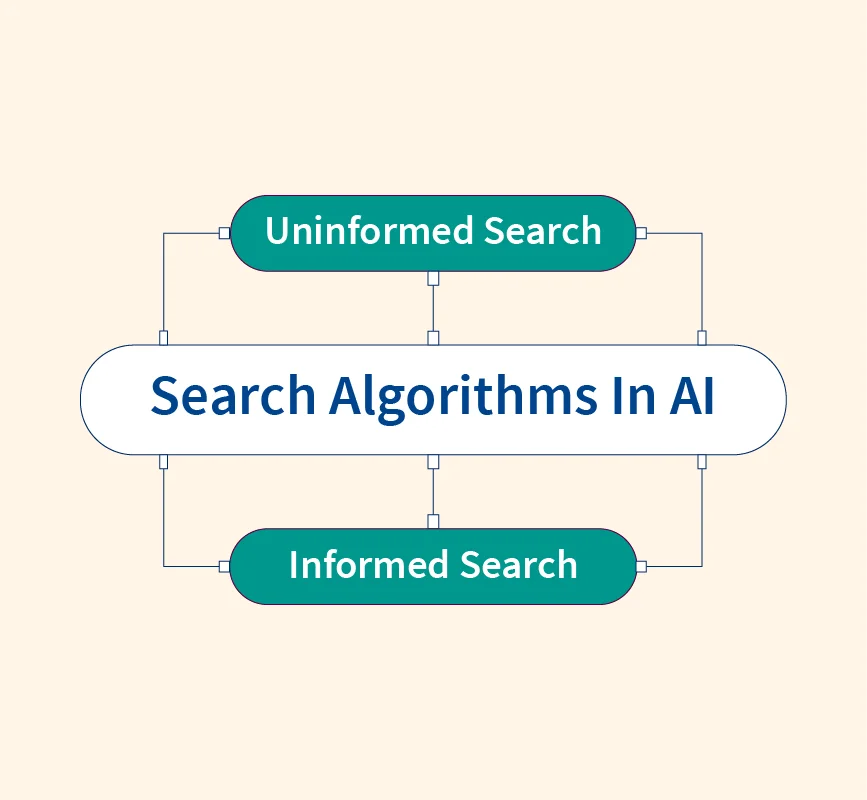Natural Language Processing (NLP) is a field of Artificial Intelligence (AI) that focuses on enabling machines to understand, interpret, and respond to human language. From chatbots and virtual assistants like Siri to automatic translations with Google Translate, NLP powers everyday technologies that make human-computer interactions seamless.
In today’s world, NLP has become indispensable, driving advancements in customer service, search engines, and content generation. This article explores what NLP is, its benefits, how it works, and its applications across industries. By the end, you’ll understand why NLP is one of the most exciting fields in AI today.
What is NLP?
Natural Language Processing (NLP) is a subset of Artificial Intelligence (AI) that bridges the gap between human language and machine understanding. It enables computers to process, analyze, and generate text or speech in a way that feels natural to humans.
NLP works by combining techniques from linguistics, computer science, and machine learning. The goal is to enable machines to interpret the structure, meaning, and nuances of human language, making it possible for them to perform tasks like translating languages, summarizing text, or even understanding voice commands.
Examples of NLP in Everyday Life
- Virtual Assistants: Siri, Alexa, and Google Assistant use NLP to understand and respond to user queries.
- Language Translation: Tools like Google Translate help people communicate across languages.
- Chatbots: Many websites and apps use NLP-powered chatbots for customer service.
- Search Engines: Google uses NLP to interpret search queries and deliver relevant results.
NLP integrates seamlessly within broader AI applications, often using machine learning and deep learning algorithms to enhance accuracy and functionality.
Benefits of NLP
Natural Language Processing (NLP) has transformed how humans interact with machines, offering numerous advantages across industries. Below are the key benefits of NLP:
1. Enhanced Human-Computer Interaction
NLP allows machines to understand and respond to human language, making interactions more intuitive.
- Example: Virtual assistants like Alexa and Google Assistant provide quick responses to voice commands.
2. Improved Customer Experience
Businesses use NLP to deliver better customer support and personalized services.
- Example: Chatbots handle customer queries 24/7, reducing response times and improving satisfaction.
3. Cost Savings and Efficiency
Automation of text-based tasks using NLP reduces manual efforts and operational costs.
- Example: Automated transcription tools save time and money for businesses requiring document processing.
4. Sentiment Analysis
NLP helps organizations understand customer sentiment by analyzing reviews, social media posts, and feedback.
- Example: Companies identify customer satisfaction levels to improve products and services.
5. Accessibility and Inclusivity
NLP enhances accessibility by enabling tools like speech-to-text for individuals with disabilities.
- Example: Subtitling tools help the hearing-impaired access video content.
Approaches to NLP
Natural Language Processing (NLP) utilizes various approaches to process and interpret human language. These approaches have evolved over time, improving the ability of machines to handle increasingly complex tasks. Below are the three primary approaches to NLP:
1. Rules-Based NLP
This traditional approach relies on a set of predefined linguistic rules to analyze and interpret text.
- How it works: It uses grammar, syntax, and pattern recognition to process language.
- Example: Identifying whether a sentence is a question or a statement based on its structure.
- Limitations: Struggles with handling unstructured or evolving data, such as slang or idiomatic expressions.
2. Statistical NLP
This approach leverages machine learning algorithms and large datasets to identify patterns and make predictions.
- How it works: Statistical techniques like n-grams, TF-IDF, and Markov models analyze word frequency and co-occurrence.
- Example: Predicting the next word in a text (autocomplete features).
- Strength: Performs well with large datasets but may require significant computational resources.
3. Deep Learning NLP
This modern approach uses neural networks and advanced models like transformers to process and generate human-like text.
- How it works: Models like GPT and BERT use billions of parameters to understand context, syntax, and semantics.
- Example: AI systems generating coherent responses in chat applications.
- Strength: Handles complex tasks such as language translation and sentiment analysis with high accuracy.
NLP Tasks
Natural Language Processing (NLP) performs various foundational tasks to enable machines to understand and generate human language effectively. These tasks form the building blocks of many NLP applications.
1. Coreference Resolution
Identifying and linking pronouns or references to their respective entities in a text.
- Example: In the sentence “John loves his dog,” NLP links “his” to “John.”
2. Named Entity Recognition (NER)
Identifying and categorizing entities like names, dates, and locations within a text.
- Example: In “Apple was founded in California,” NLP recognizes “Apple” as an organization and “California” as a location.
3. Part-of-Speech (POS) Tagging
Labeling words in a sentence with their grammatical parts of speech, such as nouns, verbs, or adjectives.
- Example: In “She runs fast,” “She” is tagged as a pronoun, “runs” as a verb, and “fast” as an adverb.
4. Word Sense Disambiguation
Determining the correct meaning of a word based on its context when it has multiple interpretations.
- Example: In “He can bank on his friends,” NLP understands “bank” means “rely on,” not a financial institution.
5. Sentiment Analysis
Analyzing the sentiment expressed in text, such as positive, negative, or neutral.
- Example: Determining customer opinions in product reviews or social media posts.
How NLP Works
Natural Language Processing (NLP) involves a series of steps to transform human language into a format that machines can understand and act upon. Here’s a breakdown of the process:
1. Model Training
NLP models are trained using large datasets and algorithms to identify patterns and generate outputs.
- Datasets: Collections of text data such as articles, emails, or chat logs.
- Algorithms: Machine learning models analyze patterns and relationships within the data.
- Evaluation Metrics: Accuracy and performance metrics are used to refine the model.
2. Text Preprocessing
Preprocessing prepares raw text for analysis by cleaning and structuring it.
- Tokenization: Splitting text into smaller units like words or sentences.
- Example: “Natural Language Processing” becomes [“Natural”, “Language”, “Processing”].
- Stemming and Lemmatization: Reducing words to their root forms.
- Example: “running” becomes “run.”
- Stop-Word Removal: Eliminating common but irrelevant words like “the” or “and.”
3. Text Analysis
This step involves analyzing the syntactic and semantic structure of the text.
- Syntactic Parsing: Analyzing grammar and sentence structure.
- Example: Understanding subject-verb-object relationships in a sentence.
- Semantic Analysis: Interpreting the meaning of words and sentences.
4. Feature Extraction
This process converts text into numerical data that machines can process.
- Word Embeddings: Techniques like Word2Vec and GloVe represent words as vectors in a multi-dimensional space.
- TF-IDF: Measures the importance of a word within a document relative to a collection of documents.
Challenges of NLP
Despite its transformative potential, Natural Language Processing (NLP) faces several challenges due to the complexity and diversity of human language. Below are some key challenges:
1. Understanding Context and Ambiguity
Human language often contains words with multiple meanings, idioms, and context-dependent nuances.
- Example: The word “bank” can refer to a financial institution or a riverbank, depending on context.
- Challenge: Training models to consistently interpret such ambiguities accurately.
2. Handling Low-Resource Languages
NLP models perform well in widely used languages like English but struggle with less commonly spoken or resource-poor languages.
- Example: Developing accurate NLP tools for indigenous languages with limited datasets.
3. Processing Noisy and Unstructured Data
Unstructured data like social media posts, emails, or scanned documents often include typos, slang, or incomplete sentences.
- Example: Understanding tweets with abbreviations and emojis like “Gr8 job 👍!”
- Challenge: Cleaning and normalizing this data for accurate analysis.
4. Cultural and Linguistic Diversity
Languages vary in grammar, syntax, and expressions, making it difficult for models to generalize across cultures.
- Example: The phrase “on cloud nine” may not have an equivalent expression in another language.
5. Bias in Datasets
NLP models can inherit biases from the datasets they are trained on, leading to unfair or inaccurate results.
- Example: Gender bias in hiring recommendations where the model favors male candidates for technical roles.
6. Ethical Concerns
Using NLP for surveillance, misinformation, or other unethical purposes raises questions about privacy and accountability.
- Example: Misuse of sentiment analysis tools to manipulate public opinion.
NLP Use Cases by Industry
Natural Language Processing (NLP) has diverse applications across industries, enabling businesses and organizations to improve efficiency, automate processes, and enhance user experiences. Here are key industry-specific use cases:
1. Healthcare
- Medical Transcription: Automates the conversion of doctor-patient conversations into electronic health records.
- Symptom Analysis: Assists in diagnosing diseases by analyzing patient symptoms and medical history.
- Example: IBM Watson Health uses NLP for clinical decision support and personalized treatment plans.
2. Retail
- Sentiment Analysis: Monitors customer reviews and social media to understand consumer sentiment.
- Chatbots: Provides real-time customer support for inquiries, complaints, and product recommendations.
- Example: E-commerce platforms like Amazon use NLP-powered chatbots to enhance user experience.
3. Finance
- Fraud Detection: Identifies suspicious activities by analyzing transaction patterns and textual data.
- Automated Customer Service: Handles common banking queries, such as balance checks or account details.
- Example: Banks use NLP to analyze customer interactions and detect phishing attempts.
4. Education
- Essay Grading: Automates the evaluation of student assignments using NLP algorithms.
- Personalized Learning: Delivers tailored content recommendations based on a student’s learning progress.
- Example: EdTech platforms use NLP for adaptive learning solutions.
5. Legal
- Contract Analysis: Extracts critical clauses and terms from lengthy legal documents.
- Case Law Research: Helps legal professionals find relevant precedents efficiently.
- Example: Legal tech companies use NLP to streamline document review processes.
Conclusion
Natural Language Processing (NLP) bridges the gap between humans and machines, enabling seamless interactions through text and speech. From chatbots to healthcare solutions, NLP is transforming industries and everyday life.
Despite challenges like context understanding and data bias, advancements in AI and deep learning are driving its growth. NLP’s potential to innovate and enhance efficiency makes it a promising field for professionals and businesses.


